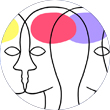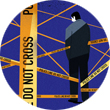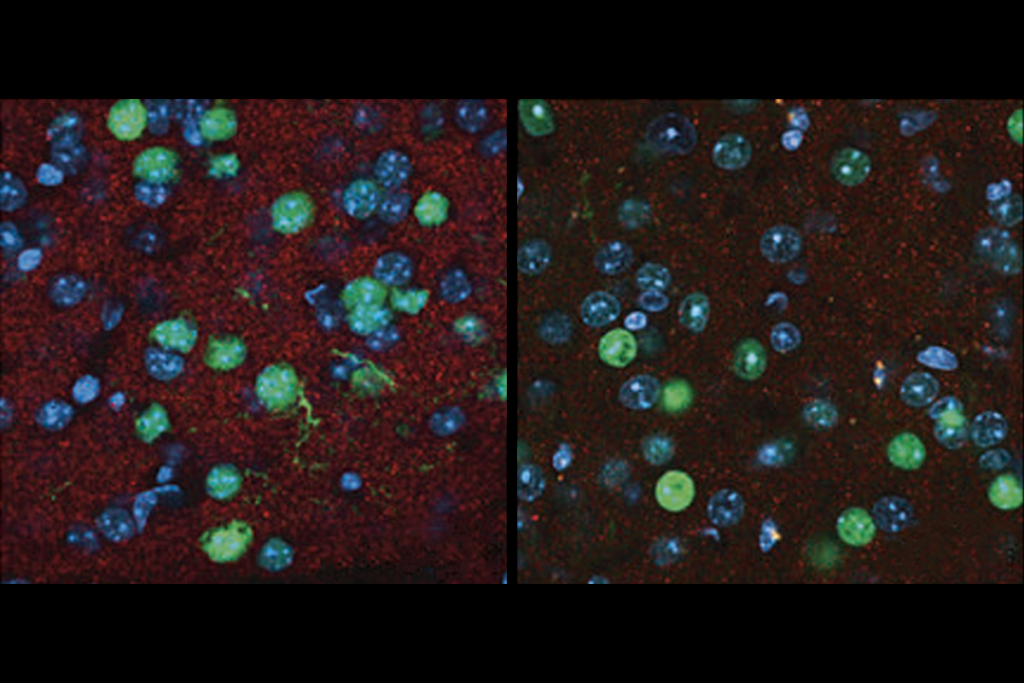
Spectrum published hundreds of articles this year on a range of topics, from characterization of candidate genes to immune-system connections. We are proud of all of them, but some in particular stand out: They expose harmful therapies such as chiropractic and stem-cell treatments, upend conventional wisdom about autism, expose uncomfortable truths or adroitly explain complex theories about the condition.
Our staff and some of our readers picked the following seven as particular favorites from the year.
 How might a brain-signaling imbalance underlie autism? What is the female protective effect — and, conversely, an extreme male brain? We expanded our compendium of autism explainers this year to include some of the most popular theories about the condition.
How might a brain-signaling imbalance underlie autism? What is the female protective effect — and, conversely, an extreme male brain? We expanded our compendium of autism explainers this year to include some of the most popular theories about the condition.
False hope for autism in the stem-cell underground
C linics offering stem-cell treatments for autism are proliferating, and desperate parents pay thousands of dollars to have these products injected into their children — despite a lack of evidence that they help. Many, in fact, have the potential to cause serious harm, from introducing life-threatening infections to seeding autoimmune disorders. In this story, investigative reporter Brendan Borrell traces the provenance of one child’s treatments through a cast of rogue characters and calls attention to the fact that the products are, as one of his sources says, “basically afterbirth thrown in a blender.”
linics offering stem-cell treatments for autism are proliferating, and desperate parents pay thousands of dollars to have these products injected into their children — despite a lack of evidence that they help. Many, in fact, have the potential to cause serious harm, from introducing life-threatening infections to seeding autoimmune disorders. In this story, investigative reporter Brendan Borrell traces the provenance of one child’s treatments through a cast of rogue characters and calls attention to the fact that the products are, as one of his sources says, “basically afterbirth thrown in a blender.”
Can preventing seizures alter the course of autism?
 This story sprang to life when reporter Jessica Wright observed experimental brain surgery on a 12-year-old boy named Kevin Lightner. Kevin has dup15q syndrome, a rare genetic condition that often causes seizures and autism, and his case presented a prime opportunity to explore a provocative question: Can epilepsy lead to — or at least contribute to — autism? Wright followed Kevin and his family through a risky procedure to implant a ‘responsive neurostimulation device’ into his brain, and over the weeks that followed.
This story sprang to life when reporter Jessica Wright observed experimental brain surgery on a 12-year-old boy named Kevin Lightner. Kevin has dup15q syndrome, a rare genetic condition that often causes seizures and autism, and his case presented a prime opportunity to explore a provocative question: Can epilepsy lead to — or at least contribute to — autism? Wright followed Kevin and his family through a risky procedure to implant a ‘responsive neurostimulation device’ into his brain, and over the weeks that followed.
When autistic people commit sexual crimes
 Many autistic people become embroiled in the criminal justice system for sexual behaviors, including collecting child pornography, stalking and sexual assault. Some go to prison, and others become registered sex offenders — a status that can prevent them from receiving state services for the rest of their lives. But as Melinda Wenner-Moyer explores in this story, autistic people may engage in these behaviors without understanding the implications of their actions or the law. Some experts are calling for a change in how the criminal justice system treats these autistic people, and for more sexual education for autistic teens.
Many autistic people become embroiled in the criminal justice system for sexual behaviors, including collecting child pornography, stalking and sexual assault. Some go to prison, and others become registered sex offenders — a status that can prevent them from receiving state services for the rest of their lives. But as Melinda Wenner-Moyer explores in this story, autistic people may engage in these behaviors without understanding the implications of their actions or the law. Some experts are calling for a change in how the criminal justice system treats these autistic people, and for more sexual education for autistic teens.
Autism, through the eyes of a computer
 Clinicians are the main arbiters of autism traits. They use their expertise to diagnose autism and judge its severity. But a growing cadre of scientists is betting that computers could do some parts of these tasks better. In this story, reporter Nicholette Zeliadt explores the use of wearable sensors and other devices to track autism traits over time as they collect data from autistic people in their homes and schools. These measurements may never replace the judgment clinicians hone through years of experience, but they may ease the workload of experts — and the wait time for people who need evaluations.
Clinicians are the main arbiters of autism traits. They use their expertise to diagnose autism and judge its severity. But a growing cadre of scientists is betting that computers could do some parts of these tasks better. In this story, reporter Nicholette Zeliadt explores the use of wearable sensors and other devices to track autism traits over time as they collect data from autistic people in their homes and schools. These measurements may never replace the judgment clinicians hone through years of experience, but they may ease the workload of experts — and the wait time for people who need evaluations.
Large study supports discarding the term ‘high-functioning autism’
 Autistic people who excel academically are sometimes referred to as ‘high functioning.’ The problem is, many don’t function at all well: They struggle with everyday tasks, from getting dressed to taking the bus. This story underscores the gaping chasm between intelligence and daily living skills, and the crescendo of voices calling to abandon the ‘high functioning’ label.
Autistic people who excel academically are sometimes referred to as ‘high functioning.’ The problem is, many don’t function at all well: They struggle with everyday tasks, from getting dressed to taking the bus. This story underscores the gaping chasm between intelligence and daily living skills, and the crescendo of voices calling to abandon the ‘high functioning’ label.
Studies of autism treatments lack standard yardsticks
 An analysis of 36 years of clinical trials showed that researchers do not use a consistent set of tools to measure the efficacy of autism treatments. Nearly 70 percent of the tools were used in just one study, making it difficult to compare the treatments. And only three validated tools that measure core autism traits were used in more than 5 percent of the studies. But these tools are not designed to measure treatment outcomes, so they may miss subtle signs that a drug, dietary supplement or psychotherapy is working.
An analysis of 36 years of clinical trials showed that researchers do not use a consistent set of tools to measure the efficacy of autism treatments. Nearly 70 percent of the tools were used in just one study, making it difficult to compare the treatments. And only three validated tools that measure core autism traits were used in more than 5 percent of the studies. But these tools are not designed to measure treatment outcomes, so they may miss subtle signs that a drug, dietary supplement or psychotherapy is working.
Recommended reading
Home makeover helps rats better express themselves: Q&A with Raven Hickson and Peter Kind

Genetic profiles separate early, late autism diagnoses

SHANK3 deficiency and behavior in mice; and more
Explore more from The Transmitter
Psilocybin rewires specific mouse cortical networks in lasting ways
